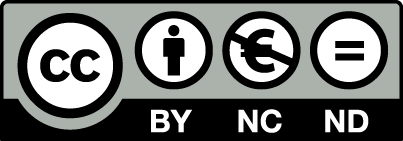The Radon transform, its generalization and their applications in PET and SPECT medical imaging
Abstract
In the present thesis, the following three different mathematical problems are solved: (a) the problem of edge detection in the Radon (ρ,θ)-space, (b) the problem of deblurring in the attenuated Radon (ρ,θ)-space, and (c) the problem of the inversion of the attenuated Radon transform via a new analytic formula, following the pioneering work of Novikov and Fokas, and the associated numerical implementation, referred to as the attenuated spline reconstruction technique (aSRT). The above mathematical problems involve the inversion of the celebrated Radon transform of a function, defined as the set of all its line integrals, as well as the inversion of a certain generalization of the Radon transform of a function, the so-called attenuated Radon transform, defined as the set of all its attenuated line integrals. The non-attenuated and attenuated versions of the Radon transform provide the mathematical foundation of two of the most important available medical imaging techniques, namely posit ...
show more
 | Download full text in PDF format (4.7 MB)
(Available only to registered users)
|
All items in National Archive of Phd theses are protected by copyright.
|
Usage statistics

VIEWS
Concern the unique Ph.D. Thesis' views for the period 07/2018 - 07/2023.
Source: Google Analytics.
Source: Google Analytics.

ONLINE READER
Concern the online reader's opening for the period 07/2018 - 07/2023.
Source: Google Analytics.
Source: Google Analytics.

DOWNLOADS
Concern all downloads of this Ph.D. Thesis' digital file.
Source: National Archive of Ph.D. Theses.
Source: National Archive of Ph.D. Theses.

USERS
Concern all registered users of National Archive of Ph.D. Theses who have interacted with this Ph.D. Thesis. Mostly, it concerns downloads.
Source: National Archive of Ph.D. Theses.
Source: National Archive of Ph.D. Theses.













